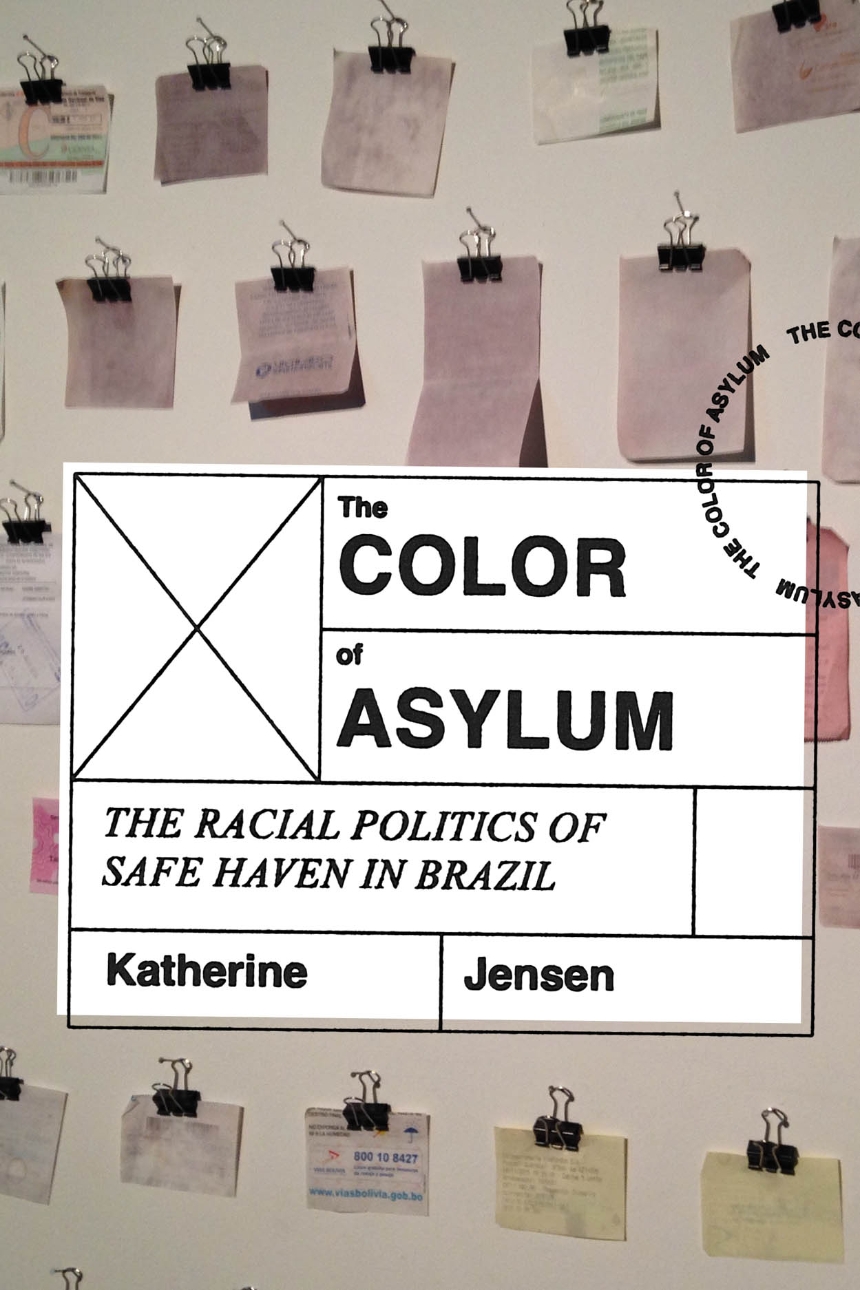The Color of Asylum
The Racial Politics of Safe Haven in Brazil
The Color of Asylum
The Racial Politics of Safe Haven in Brazil
In 2013, as Syrians desperate to escape a brutal war fled the country, Brazil took the remarkable step of instituting an open-door policy for all Syrian refugees. Why did Brazil—in contrast to much of the international community—offer asylum to any Syrian who would come? And how do Syrians differ from other refugee populations seeking status in Brazil?
In The Color of Asylum, Katherine Jensen offers an ethnographic look at the process of asylum seeking in Brazil, uncovering the different ways asylum seekers are treated and the racial logic behind their treatment. She focuses on two of the largest and most successful groups of asylum seekers: Syrian and Congolese refugees. While the groups obtain asylum status in Brazil at roughly equivalent rates, their journey to that status could not be more different, with Congolese refugees enduring significantly greater difficulties at each stage, from arrival through to their treatment by Brazilian officials. As Jensen shows, Syrians, meanwhile, receive better treatment because the Brazilian state recognizes them as white, in a nation that has historically privileged white immigration. Ultimately, however, Jensen reaches an unexpected conclusion: Regardless of their country of origin, even migrants who do secure asylum status find their lives remain extremely difficult, marked by struggle and discrimination.
264 pages | 7 halftones, 4 tables | 6 x 9 | © 2023
Political Science: Race and Politics
Sociology: Individual, State and Society, Race, Ethnic, and Minority Relations
Reviews
Table of Contents
1: Arrival: Asylum in Context
2: Waiting: Racial Conditioning and the Body
3: Seeing: Making Racial Sense of Claims
4: Knowing: White Logic and (Dis)Embodiment
5: Deciding: Speeding Up, Slowing Down
6: Caring: Racial Logics of Concern and Vulnerability
7: After: Refugee Apathy
Conclusion – Racial Domination through Inclusion
Acknowledgments
Appendix A: On Data and Methods
Appendix B: Figures and Tables
Notes
References
Index
Awards
Society for the Study of Social Problems: C. Wright Mills Award
Finalist
Society for the Study of Social Problems Law and Society Division: Edwin H. Sutherland Book Award
Honorable Mention
ASA Human Rights Section: Gordon Hirabayashi Human Rights Book Award
Honorable Mention
International Studies Association (ISA) International Political Sociology Section: IPS Book Award
Won
Brazilian Studies Association: Roberto Reis BRASA Book Award
Honorable Mention
